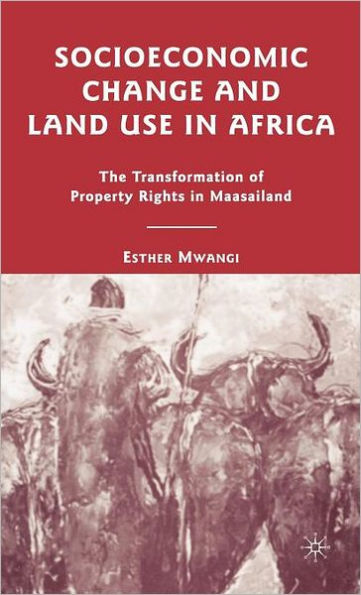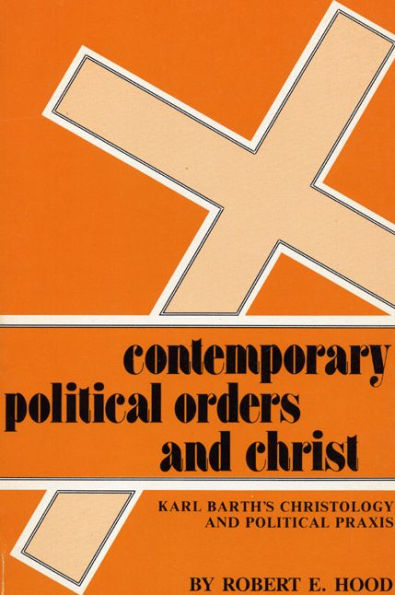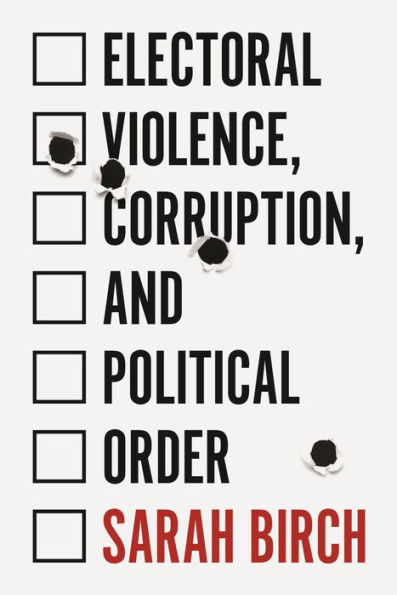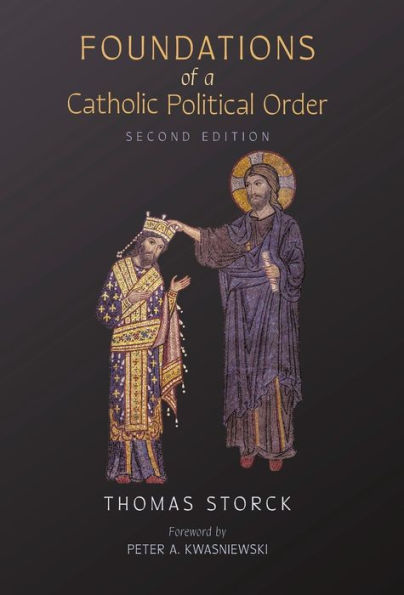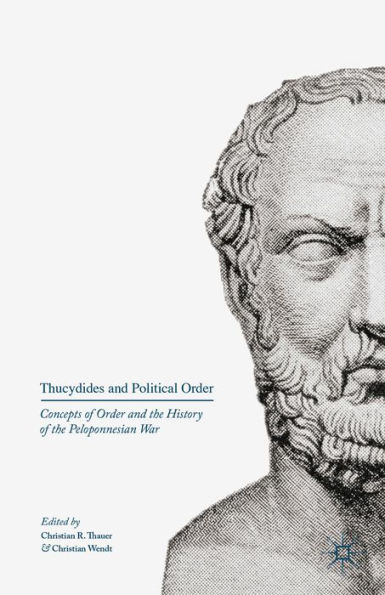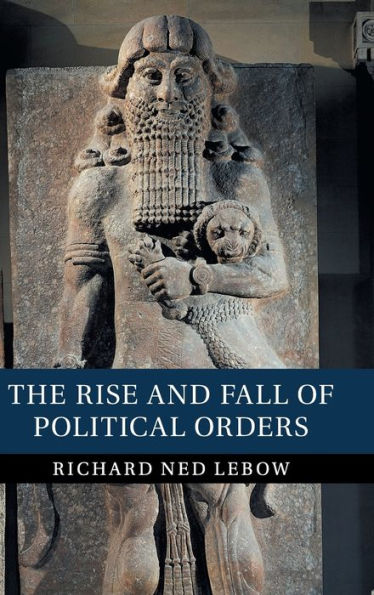Home
Property and Political Order in Africa: Land Rights and the Structure of Politics
Barnes and Noble
Loading Inventory...
Property and Political Order in Africa: Land Rights and the Structure of Politics in Franklin, TN
Current price: $38.99
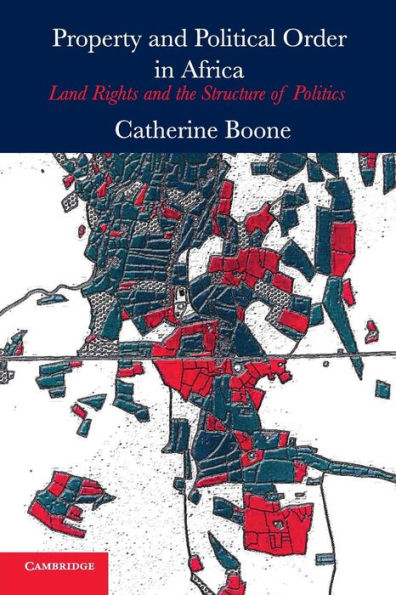
Barnes and Noble
Property and Political Order in Africa: Land Rights and the Structure of Politics in Franklin, TN
Current price: $38.99
Loading Inventory...
Size: OS
In sub-Saharan Africa, property relationships around land and access to natural resources vary across localities, districts, and farming regions. These differences produce patterned variations in relationships between individuals, communities, and the state. This book captures these patterns in an analysis of structure and variation in rural land tenure regimes. In most farming areas, state authority is deeply embedded in land regimes, drawing farmers, ethnic insiders and outsiders, lineages, villages, and communities into direct and indirect relationships with political authorities at different levels of the state apparatus. The analysis shows how property institutions – institutions that define political authority and hierarchy around land – shape dynamics of great interest to scholars of politics, including the dynamics of land-related competition and conflict, territorial conflict, patron-client relations, electoral cleavage and mobilization, ethnic politics, rural rebellion, and the localization and “nationalization” of political competition.
In sub-Saharan Africa, property relationships around land and access to natural resources vary across localities, districts, and farming regions. These differences produce patterned variations in relationships between individuals, communities, and the state. This book captures these patterns in an analysis of structure and variation in rural land tenure regimes. In most farming areas, state authority is deeply embedded in land regimes, drawing farmers, ethnic insiders and outsiders, lineages, villages, and communities into direct and indirect relationships with political authorities at different levels of the state apparatus. The analysis shows how property institutions – institutions that define political authority and hierarchy around land – shape dynamics of great interest to scholars of politics, including the dynamics of land-related competition and conflict, territorial conflict, patron-client relations, electoral cleavage and mobilization, ethnic politics, rural rebellion, and the localization and “nationalization” of political competition.

